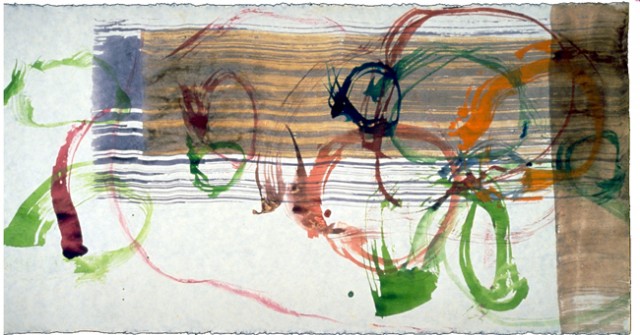
John Cage, “New River Watercolor, Series I (#3), watercolor on parchment paper, 1988 (courtesy National Academy Museum)
National Academy Museum
1083 Fifth Ave. at 89th St.
Wednesday – Sunday through January 13, $15, 11:00 am – 6:00 pm
212-369-4880
www.nationalacademy.org
The National Academy continues its transformation with the cleverly curated multimedia exhibition “John Cage: The Sight of Silence,” held in conjunction with the hundredth anniversary of the birth of the seminal avant-garde artist. A controversial minimalist composer, music theoretician, Zen practitioner, I Ching follower, and longtime partner of Merce Cunningham, Cage was also a watercolorist, and the National Academy show features more than four dozen of his paintings, drawings, and etchings made primarily during his residency at the Mountain Lake Workshop in Virginia in the 1980s and early ’90s. A short documentary reveals Cage’s fascinating process using local stones, feathers, and the same ideas of chance and complex numbering systems he employed in creating his musical compositions, resulting in gentle, spiritual works with colorful circles on paper sometimes prepared with smoke. A vitrine contains some of the elements Cage used for the pieces, which were hung by the National Academy on the walls of two galleries by chance as well, through a series of four rolls of the dice. The show also includes Cage’s 1969 Plexiglas homage to Duchamp, “Not Wanting to Say Anything About Marcel”; one of his unique scores; and a 1976 self-portrait. “The Sight of Silence” is supplemented by several video presentations, highlighted by a 1960 appearance Cage made on the TV game show I’ve Got a Secret, performing “Water Walk,” a composition for water pitcher, iron pipe, bathtub, goose call, bottle of wine, electric mixer, whistle, sprinkling can, ice cubes, two cymbals, mechanical fish, quail call, rubber duck, tape recorder, vase of roses, seltzer siphon, five radios, bathtub, and grand piano. In addition, another monitor plays the John Cage section of Peter Greenaway’s 1983 documentary Four American Composers, which captures unusual live performances, interviews, and Cage’s interstitial “Indeterminacy Stories.” It all makes for a charming show that is likely to surprise Cage devotees as well as those unfamiliar with his oeuvre.
“There is no such thing as an empty space or an empty time,” Cage once explained. “There is always something to see, something to hear. In fact, try as we may to make a silence, we cannot.” The National Academy is making sure there is always something to see and hear with “Chance Encounters,” a series of public programs ranging from book readings and panel discussions to live dance and concerts. Among the special events: On October 28 at 3:00, William Anastasi, who played chess with Cage every day for nearly fifteen years, will read from The Cage Dialogues: A Memoir; on November 10, Joan Retallack, who wrote Musicage: Cage Muses on Words Art Music with Cage, will present “Conversation with Cage”; on December 1, exhibition cocurator Ray Kass will direct a performance of Cage’s “STEPS” by Stephen Addis; and on January 5, Du Yun will perform “Water Walk.”
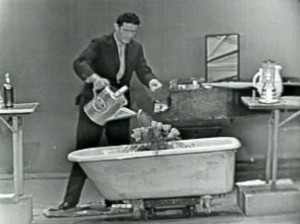
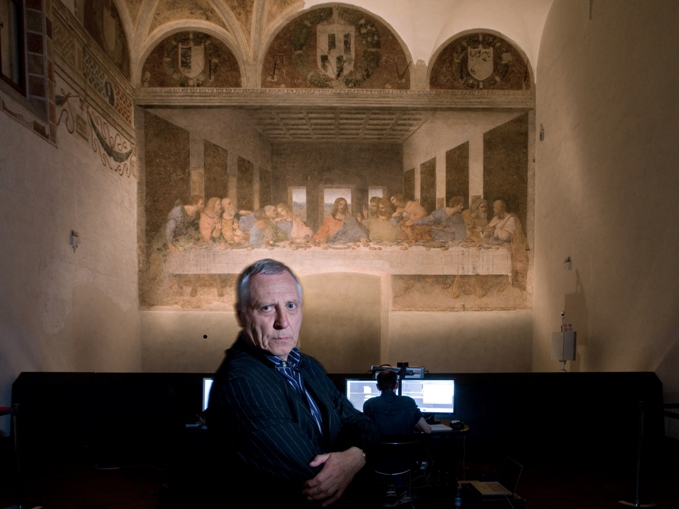
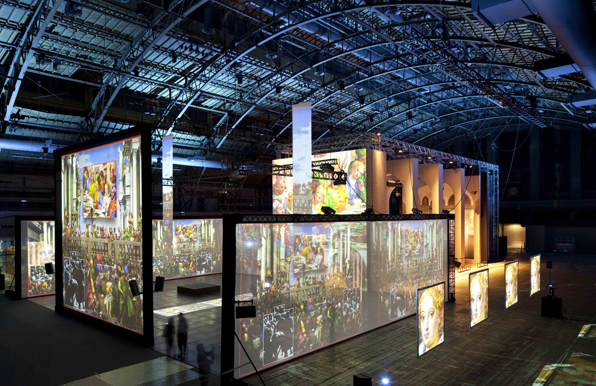
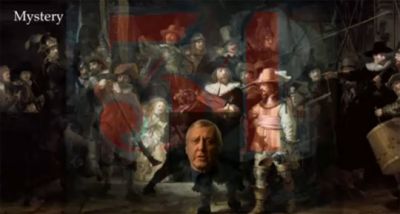
 In 1974, Orson Welles released F FOR FAKE, a playful documentary about art forgers in which the iconoclastic director often showed up on-screen, tongue in cheek, leading viewers through a tantalizing tale that might or might not actually be true. Controversial filmmaker and painter Peter Greenaway (THE DRAUGHTSMAN’S CONTRACT; THE COOK, THE THIEF, HIS WIFE, AND HER LOVER) continues his own cinematic foray into the art world with REMBRANDT’S J’ACCUSE, a follow-up to his 2007 film, NIGHTWATCHING, which took viewers behind the scenes of the creation of Rembrandt’s 1624 masterpiece “The Night Watch.” (Greeenaway has also completed projects about Veronese’s “The Wedding at Cana” and Leonardo’s “The Last Supper,” with Picasso, Seurat, Monet, and others on deck.) Like Welles, Greenaway appears throughout REMBRANDT’S J’ACCUSE, his white-haired head seen in a small box near the center-bottom of the screen as he lays out his theory about how “The Night Watch” is actually an elaborately detailed drama about a real murder that took place at the time, with Rembrandt pointing out the killer. Through extreme close-ups of the painting and re-creations of scenes involving such characters as Rembrandt’s wife, Saskia Uylenburgh (Eva Birthistle), the servants Geertje Dirks (Jodhi May) and Hendrickje Stoffels (Emily Holmes), and Rembrandt himself (Martin Freeman), Greenaway goes over every aspect of the canvas as if he is a forensics expert, dividing the film into thirty-five sections, or clues, that all support his thesis. Along the way, he comments on art history and Dutch society, creating a surprisingly thrilling film that works on several levels. But most of all, it is a lot of fun — no matter how much of it might be true.
In 1974, Orson Welles released F FOR FAKE, a playful documentary about art forgers in which the iconoclastic director often showed up on-screen, tongue in cheek, leading viewers through a tantalizing tale that might or might not actually be true. Controversial filmmaker and painter Peter Greenaway (THE DRAUGHTSMAN’S CONTRACT; THE COOK, THE THIEF, HIS WIFE, AND HER LOVER) continues his own cinematic foray into the art world with REMBRANDT’S J’ACCUSE, a follow-up to his 2007 film, NIGHTWATCHING, which took viewers behind the scenes of the creation of Rembrandt’s 1624 masterpiece “The Night Watch.” (Greeenaway has also completed projects about Veronese’s “The Wedding at Cana” and Leonardo’s “The Last Supper,” with Picasso, Seurat, Monet, and others on deck.) Like Welles, Greenaway appears throughout REMBRANDT’S J’ACCUSE, his white-haired head seen in a small box near the center-bottom of the screen as he lays out his theory about how “The Night Watch” is actually an elaborately detailed drama about a real murder that took place at the time, with Rembrandt pointing out the killer. Through extreme close-ups of the painting and re-creations of scenes involving such characters as Rembrandt’s wife, Saskia Uylenburgh (Eva Birthistle), the servants Geertje Dirks (Jodhi May) and Hendrickje Stoffels (Emily Holmes), and Rembrandt himself (Martin Freeman), Greenaway goes over every aspect of the canvas as if he is a forensics expert, dividing the film into thirty-five sections, or clues, that all support his thesis. Along the way, he comments on art history and Dutch society, creating a surprisingly thrilling film that works on several levels. But most of all, it is a lot of fun — no matter how much of it might be true.